I run for a few reasons. I run to maintain my health, I simply enjoy running and I like to eat pizza. Very few things make my runs unenjoyable, but discomfort is the big one. That’s why every time I run, I appreciate the importance of having the right gear. One item you might think is of minimal importance are your socks. Yet, they play a very important part in ensuring a smooth, injury free run. In this article, I will discuss blister-resistant socks and how they make a significant difference for runners.
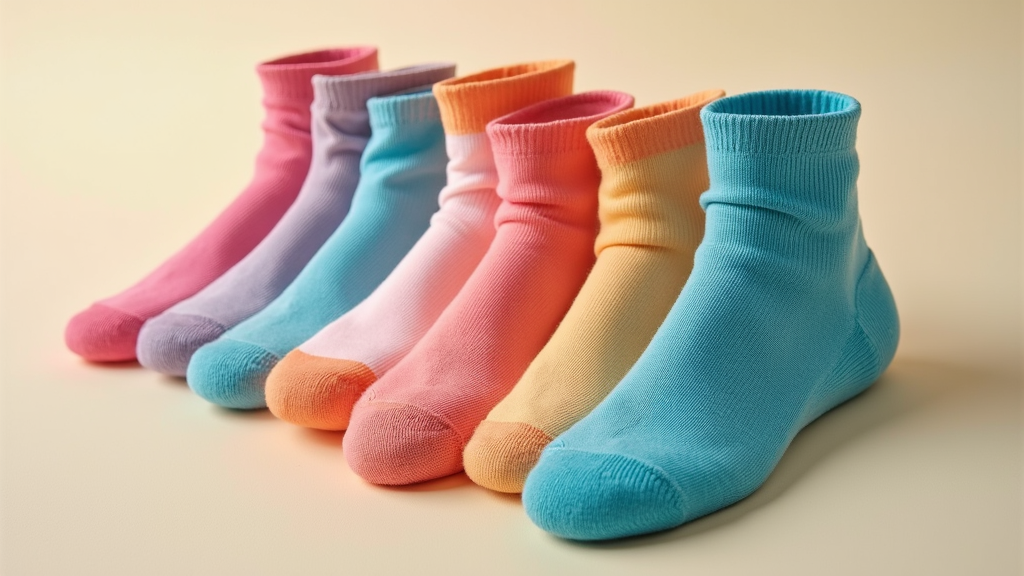
Why Running Socks Matter
I first started running over 40 years ago before there were so many great apparel choices. I simply wore my tube-socks just like I did gym class, LOL. I got blisters.
I also remember running in the army wearing my green wool socks and leather boots. There’s a lesson in footwear. Wool is fiber that naturally wicks moisture away from the skin. Then in the early 1990’s, I had just returned from the Middle East where I had continued to run on a daily basis in my wool army socks. Thats about the time I became acquainted with “moleskin” to cover my blisters.
In 1992 a company named Wigwam unveiled its sports specific line called Ultimax. It was a game changer. Since then, running socks have become far more than a simple accessory. They provide cushioning, wick away moisture, and help reduce friction.
Poor-quality socks can lead to hot spots and, ultimately, painful blisters. I’ve experienced those moments firsthand, and it really taught me that investing in good socks is a smart way to protect your feet and improve your running experience.
Moreover, specialized running socks are designed to fit snugly without being overly tight. This thoughtful design minimizes extra movement inside your shoe reducing the friction which can be a major cause of discomfort and blisters.
Most runners rely on advanced sock technologies to improve performance, reduce pain and injuries and I have witnessed firsthand how a well-designed pair of socks can change your running experience. In addition, thoughtful design in socks often means that every stitch and seam is crafted to ensure both durability and comfort.
In the 1990’s I paid the cost for those Ultimax’s because they really made a noticeable difference. Over the ensuing years I experimented with various brands and types of socks. I found that the ones with extra cushioning and ergonomic designs not only prevented blisters but also provided extra support to my arches.
Wicking material is a must. This made my runs feel more comfortable and allowed me to focus on the road ahead instead of being distracted by discomfort. Over time, I learned that quality socks are an investment in both safety and performance and go a long way in keeping your feet healthy, and importantly, keeping you running.
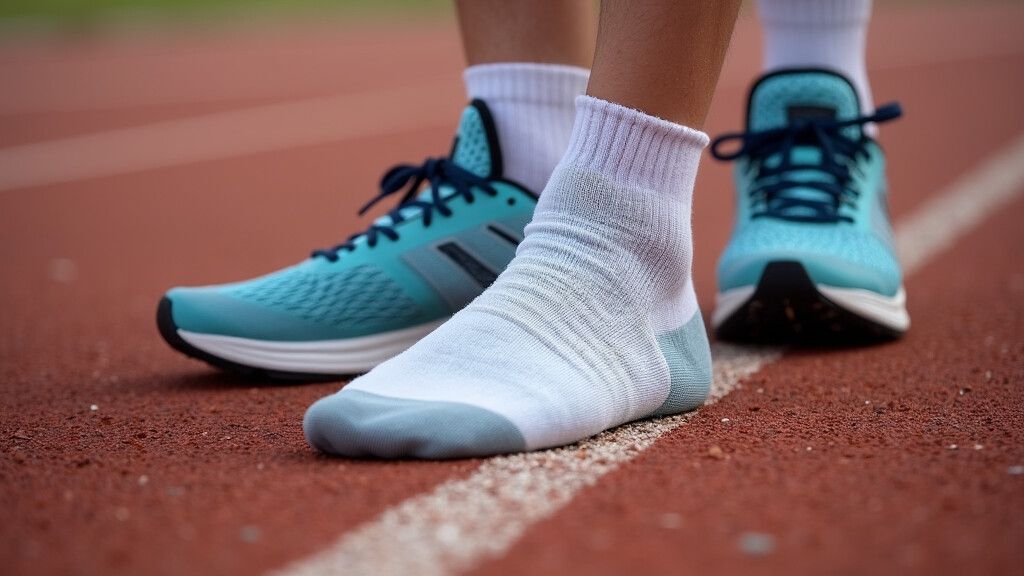
What Causes Blisters While Running
Understanding why blisters form is important for any runner. Blisters generally appear when your skin endures repeated friction. As your feet slip against the inside of a shoe, the fabric of your socks, or skin against skin the friction builds up until your skin develops a protective fluid-filled bubble or blister.
There are quite a few factors that can worsen this problem. Moisture plays a critical role. When your feet sweat, the skin can soften and become macerated and more susceptible to friction damage. Running socks wick moisture outward keeping the skin dryer.
Sock fit is another major factor. If your socks are too loose, you experience extra fabric sliding back and forth, leading to additional friction. If the socks start to move and shift, they can bunch up creating pressure ridges.
Conversely, if they’re too tight, they can create pressure points that also contribute to blister formation. I have learned from personal experiences over many years of running that even minor adjustments in sock fit can make a significant difference in comfort.
Another aspect that contributes to blisters is the quality of the fabric used in socks and the stitching. Some materials may break down under repeated stress, forming rough patches that irritate the skin. Stitching seams should be low profile and smooth.
It is worth noting that even the type of shoe you wear can interact with your socks to either reduce or increase blister risks. Running socks are specially constructed to work in harmony with the shoe. Ultimately, understanding the mechanics behind blister formation leads to better selection of both socks and shoes and happier feet.
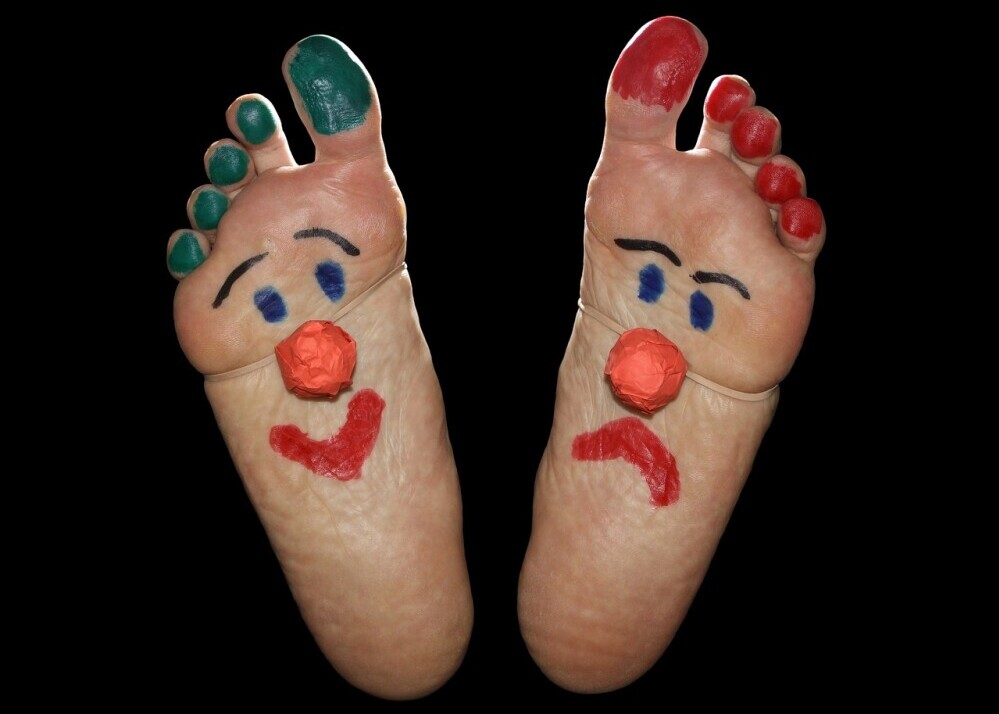
Moisture Wicking Socks and Blister Prevention
Many runners wonder if moisture-wicking socks are worth the price. Absolutely “Yes”. Moisture-wicking socks are made from synthetic fibers or specialized wool blends that pull sweat away from your skin. This means that your feet stay dry, reducing the possibility of skin breakdown and blister formation.
However, if your socks still have design flaws such as thick seams or if they are not shaped to work with your foot profile you may still get blisters. The optimal benefit from moisture-wicking capabilities comes when they are combined with a design that minimizes friction and includes cushioning right where it is most needed. The best socks are constructed with minimal seams and to be left and right specific, these socks perform well even in intense conditions.
In my experience, pairing moisture-wicking socks with a well-thought-out design has led to a notable reduction in discomfort in daily runs and especially long runs. All runners agree, the combination of high-quality materials and excellent design works best. This pairing not only helps in controlling moisture but also contributes to maintaining a stable foot environment, which is essential for preventing friction and blisters.
Tight or Loose Socks: Finding the Right Balance
In my experience, socks that are too loose tend to bunch up, generating additional friction and pressure points. On the other hand, overly tight socks can compress the foot, leading to discomfort, increased pain and suboptimal blood flow in some cases.
A balanced, snug fit that does not restrict circulation is key. Many blister-resistant socks incorporate low seam or seam-free designs and anatomical shapes to achieve this balance. They tend to fit like a second skin without providing excess room that would allow the sock to shift around inside your running shoe. This optimum fit can significantly lower the chance of blister formation by reducing friction, pressure points and creating a consistent layer of protection over the entire foot.
It is also important to consider that the perfect fit might vary depending on the distances you run, the intensity of your activity and the climate. I used to live in Michigan, and I ran all year round so in winter I opted for thicker socks with a slightly snugger fit to maintain warmth.
Now I live in Florida so in these hotter conditions, a thin yet snug fit is more comfortable to accommodate cooling and mild swelling. Adjusting sock choice based on these conditions has helped many runners, including myself, to optimize comfort and reduce irritation over the course of long training sessions in all climates.
Choosing the Best Socks for Running
Fabric is the first key factor. I always check whether the socks are made from breathable, moisture-wicking materials. These performance-grade fabrics are usually synthetics or specialized blends that perform well under dynamic conditions.
Next, the design of the socks is crucial. Many runners prefer socks that are engineered with an ergonomic fit and additional arch support. This thoughtful design not only provides stability but also minimizes the amount of unintended movement inside your shoe.
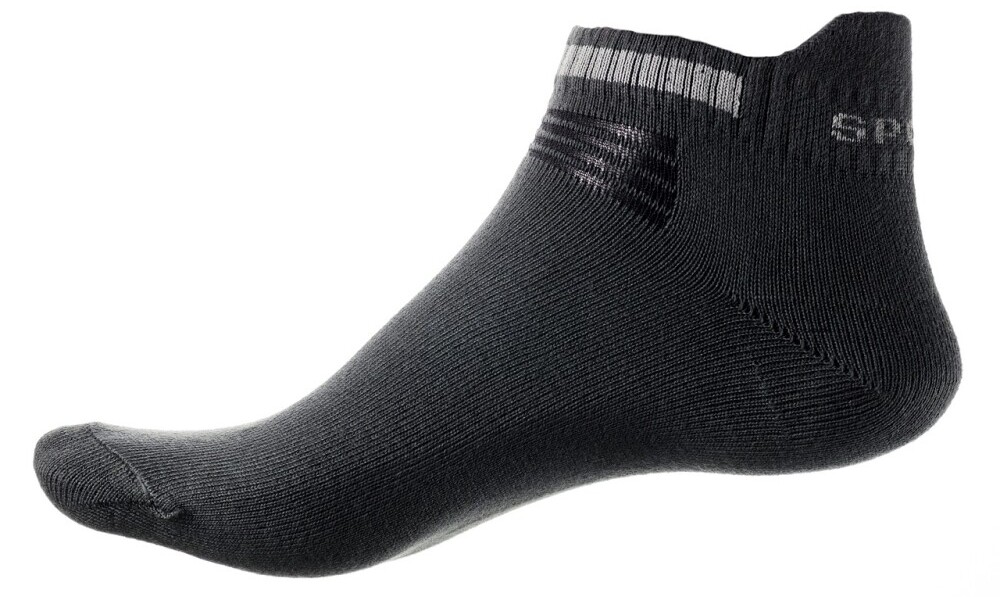
Another important feature to watch out for is the construction of the socks. Avoid thick seams. Seams are notorious for creating hotspots for friction and pressure points. Many modern brands now opt for seamless or low-profile seam designs to reduce irritation.
Some companies will incorporate reinforced zones that are specifically created to protect against blisters. This innovation in sock construction has increasingly become popular among runners who prioritize both comfort and performance.
While high-quality socks might be more expensive, seasoned runners find, as will beginners, that spending extra for better quality pays off in comfort and the avoidance of skin injuries.
Additional Measures to Prevent Blisters
No matter how great your socks are, sometimes additional measures are necessary. Applying a small amount of foot lubricant to areas susceptible to friction can dramatically reduce the risk of blisters. There are many products available that are specifically formulated for runners, and they work as a protective barrier between sin-to-skin and skin-to-sock.
Another option includes using blister plasters or bandages. If you start feeling a hot spot developing during your run, applying a temporary adhesive pad can help relieve friction until you have the chance to readjust.
Additionally, some runners rely on foot powders to help keep sweat under control, further reducing moisture that could contribute to the development of blisters.
Some athletes also make adjustments to their shoes to better complement the performance of their socks. A well-fitted pair of running shoes designed with the structure and dynamics of your foot in mind can eliminate several issues that eventually cause blisters.
For instance, shoes with a properly contoured shape and the inclusion of orthotic insoles help distribute pressure evenly across your foot, reducing friction in key areas. Taking time to fine-tune your overall setup can have a profound impact on your running comfort.
Last, but certainly not least, proper foot care plays a central role in blister prevention. Routine maintenance, such as regularly checking for small signs of wear and tear or irritation, allows early intervention before a minor issue develops into a full-blown blister. I have found that combining high-quality socks with other preventive measures creates a holistic approach that significantly reduces the likelihood of developing blisters.
Wrapping Up
Finding the best blister-resistant socks is individual and can vary from runner to runner. I have found that understanding why these socks are so important, what exactly causes blisters, and exploring additional measures to prevent them not only improves my overall running experience, but it also prevents injuries and thereby prevents interruptions in my exercise routine.
Whether it is through moisture-wicking fabrics, a design that offers the right balance between tight and loose, or by taking extra steps to protect your feet, it helps to approach running gear with careful thought. Good running socks truly play a key role in the overall care and maintenance of your feet. Happy, well-cared-for feet lead to happier runs and better overall health. May your runs be comfortable, blister-free and every step of your run enjoyable!

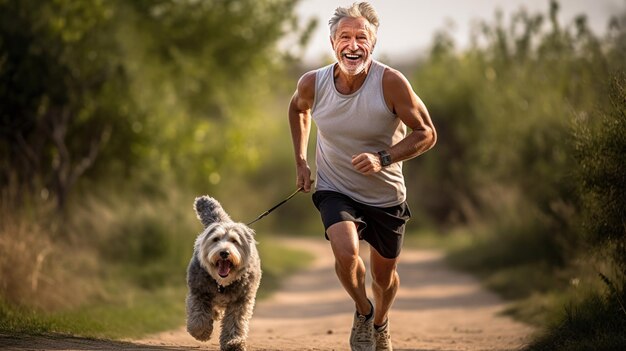
What a fantastic and thorough article! I couldn’t agree more with how overlooked socks often are—until you’ve had to cut a long run short because of a blister. It’s incredible how such a small piece of gear can make such a big difference.
I appreciated how you didn’t just recommend blister-resistant socks, but actually broke down why they work—from moisture wicking and seam design to fit and material quality. I’ve also experienced the difference first-hand—switching to snug, low-seam socks with synthetic blends completely changed my comfort level, especially during summer runs in humid weather.
One point that really stood out was the balance between sock fit and environmental conditions. Adjusting sock thickness seasonally is such a great tip. I’ve lived in both cold and hot climates and that’s something I’ve learned the hard way too—what works in February can be misery in July.
Thanks again for sharing not just advice, but the personal experience behind it. It’s reassuring to know that many of us arrive at the same conclusion after years of trial and error: the right socks are worth every penny.
Hi Darren,
Excellent running socks are definitely worth every penny. I agree. They are, in fact, indispensable.
Thanks for reading my article. I am encouraged that you found it thorough and well explained.
Kevin
This was such a helpful and eye-opening read—thank you for breaking down the importance of blister-resistant socks in such detail. I’ve been researching running gear for my nephew, who’s a young athlete starting to take his training more seriously, and this post came at just the right time. I honestly didn’t realize how much of a difference the right socks could make—not just for comfort, but for injury prevention too. The bit about moisture-wicking fabric and proper fit really stood out to me.
Out of curiosity, do you have any recommendations for specific brands or sock models that have worked particularly well for long-distance runners? Also, what about maintenance—how long do blister-resistant socks typically last before they lose effectiveness?
Thanks again for such a practical and informative article!
Hi Alice,
I am glad you found my article helpful.
The brand I wear is Wigwam and that’s all I wear. I recommend them highly. I wear Wigwam Ultimax Ironman or Ironman Thunder Pro for all my running and especially if I am setting out for 10- or 12-mile run. I have also heard good comments about Balega Blister Resist Performance. But I can only speak to the Wigwam brand from my own running experience.
Regarding how long they last, blister resistant socks can last anywhere from a few months to a couple of years, depending on the quality you buy, the distance you run and the care. Here again, I can state that my personal experience wearing Wigwam Ultimax Ironman, they hold up for about a year for me. Then they tend to lose elasticity and therefore their snug, stay -in-place form-fitting ability. That is when it is important to replace because if they stop staying in place or become lose, they start to shift around inside the shoe. That is when friction happens, and blisters can result. For those trying to train seriously like your nephew, anyone really, blisters must be prevented.
There you have it. I hope this answers your question. Thanks for reading my article.
Kevin